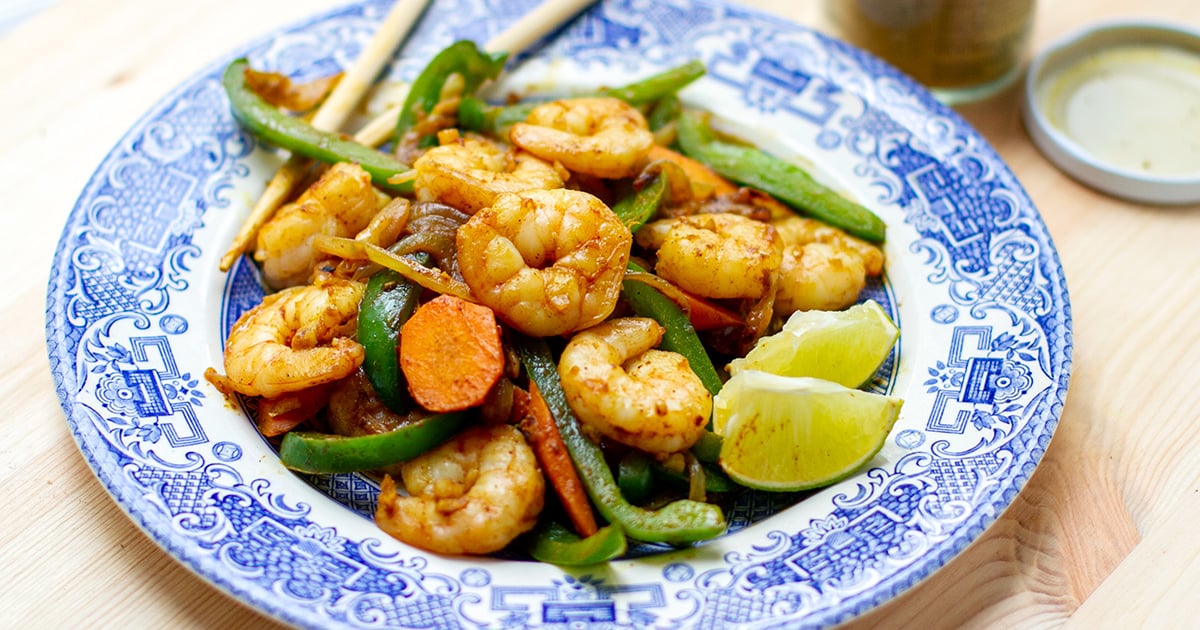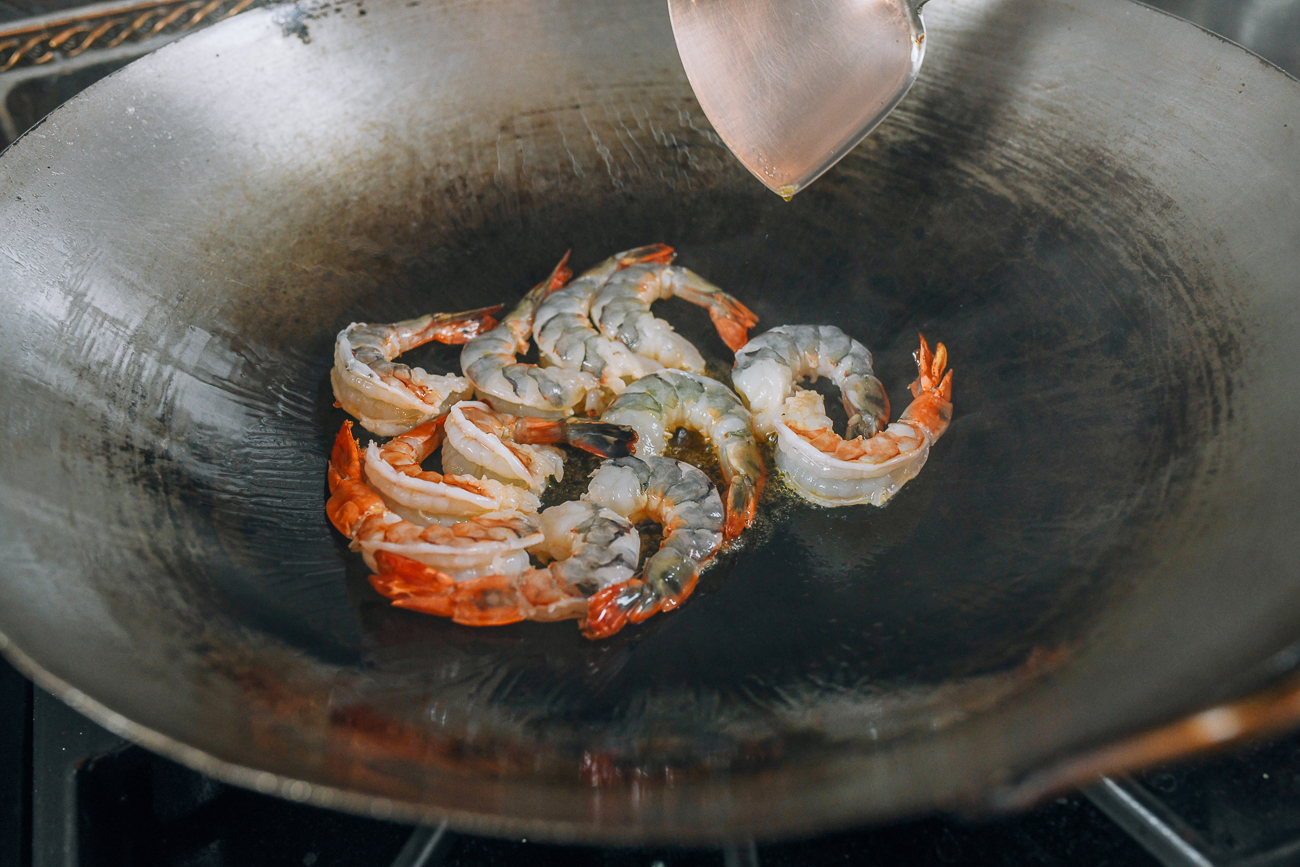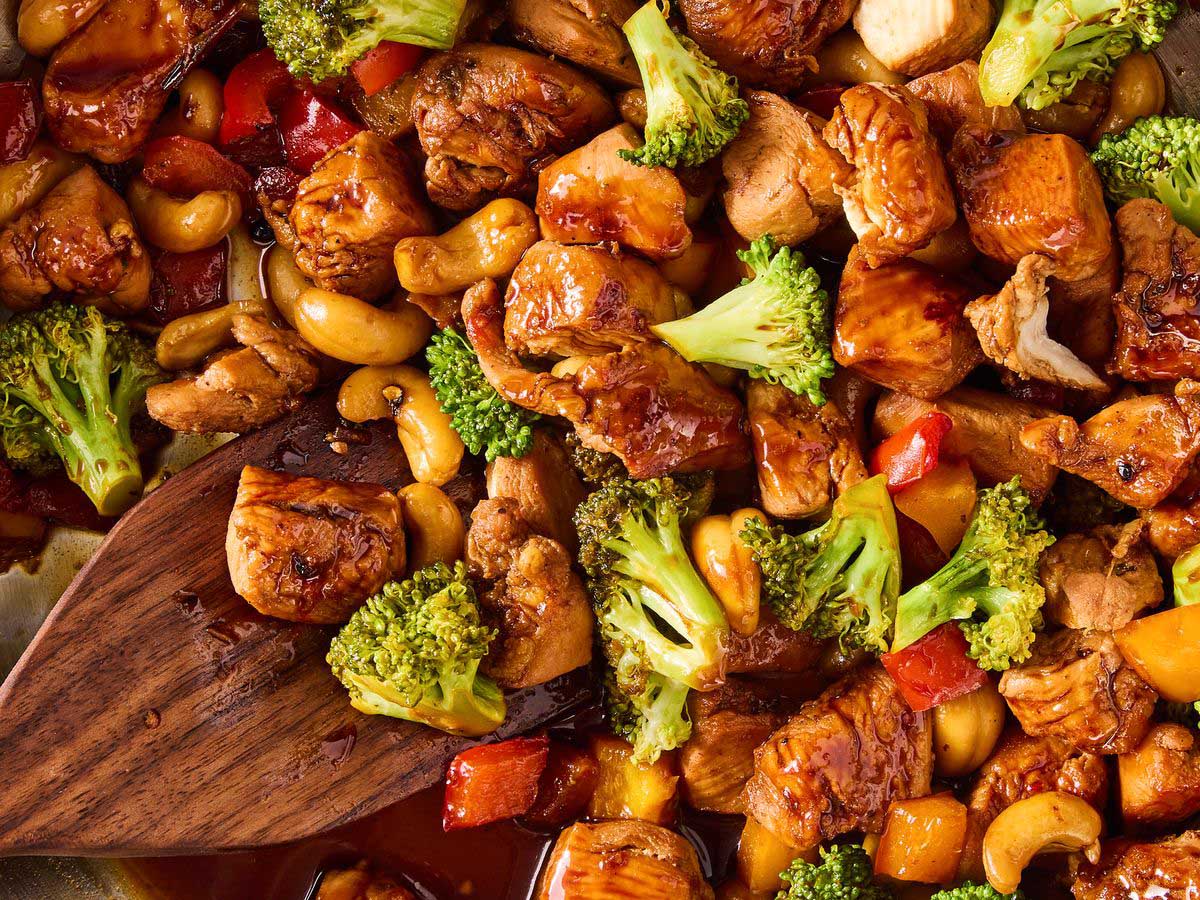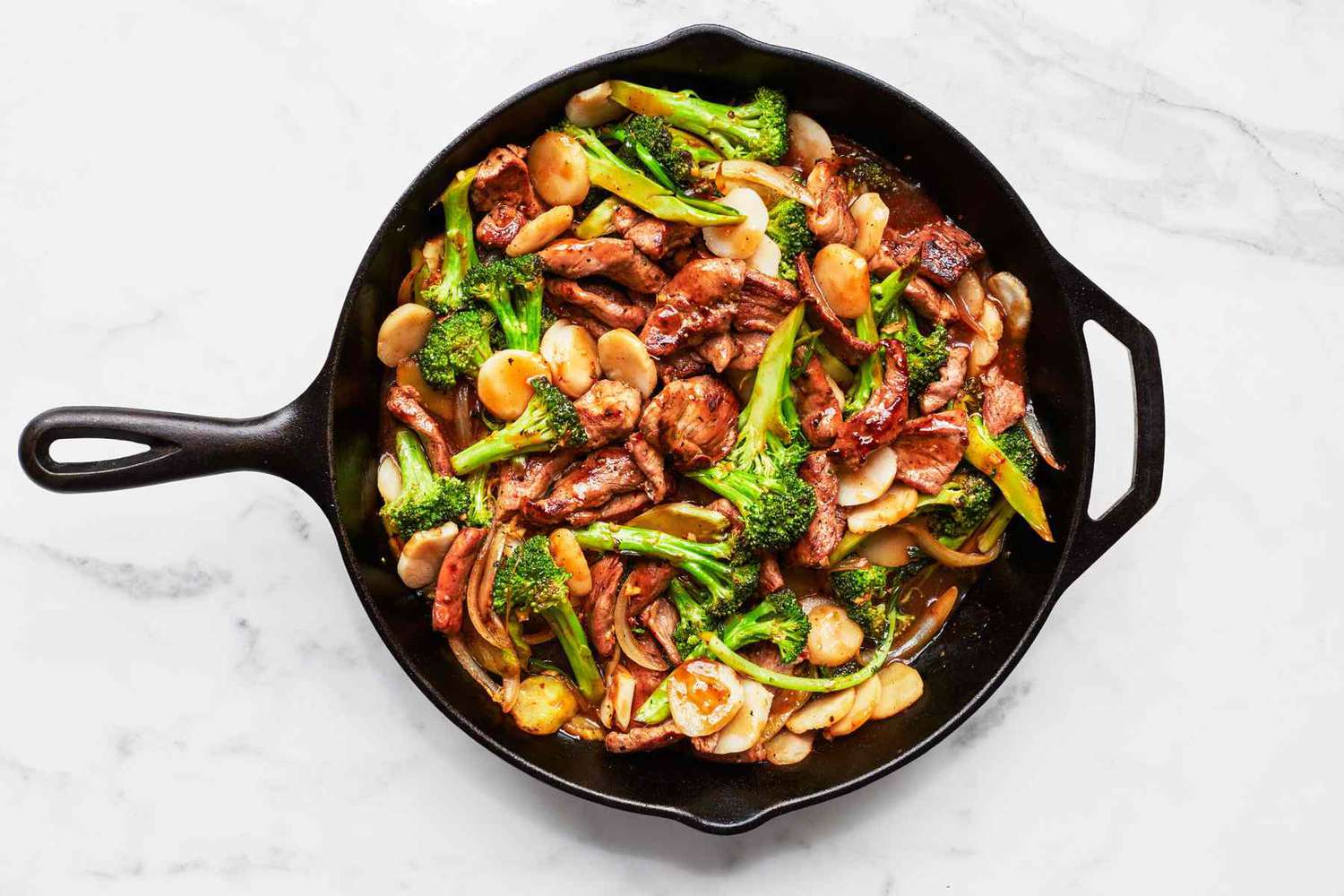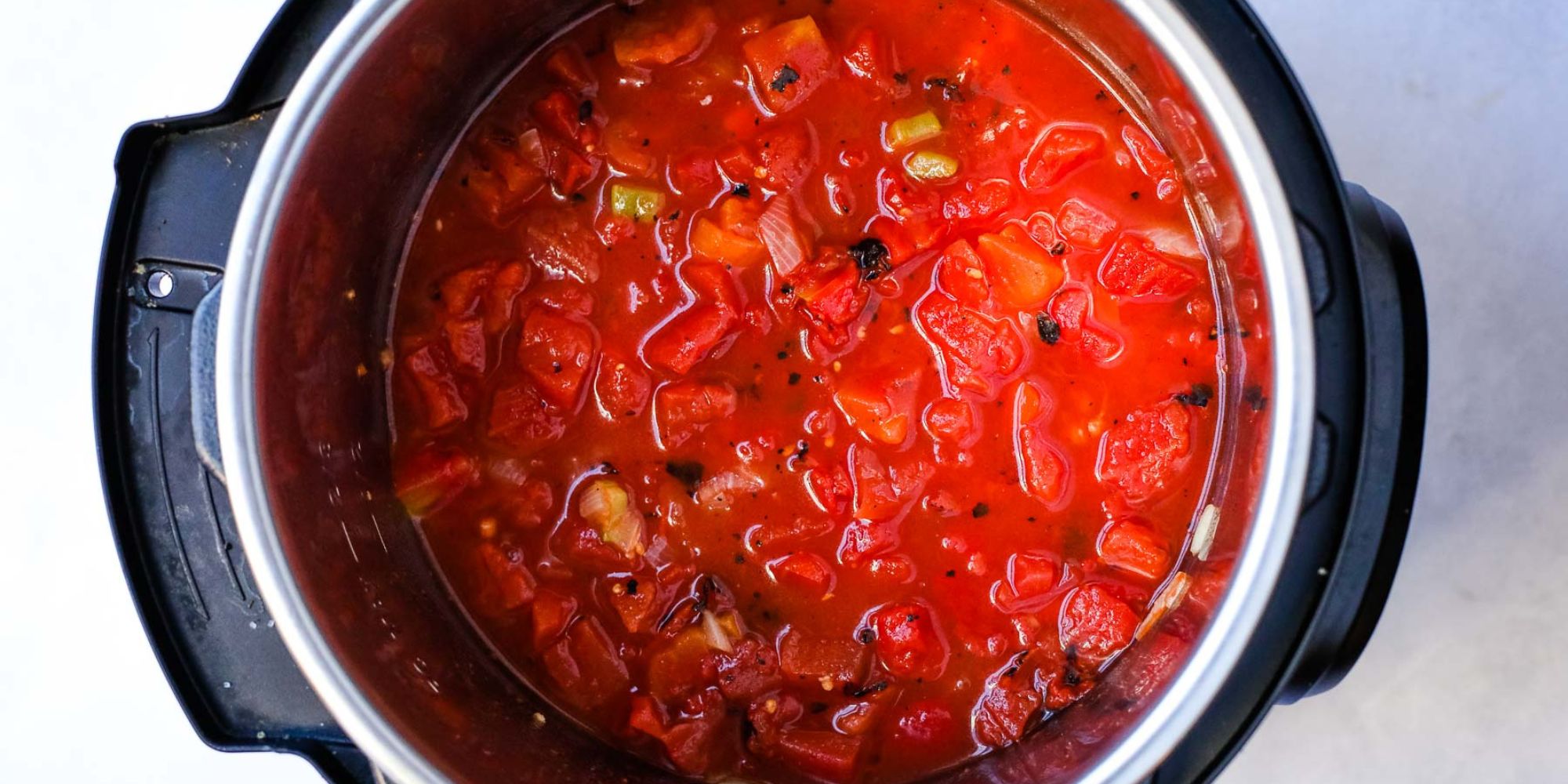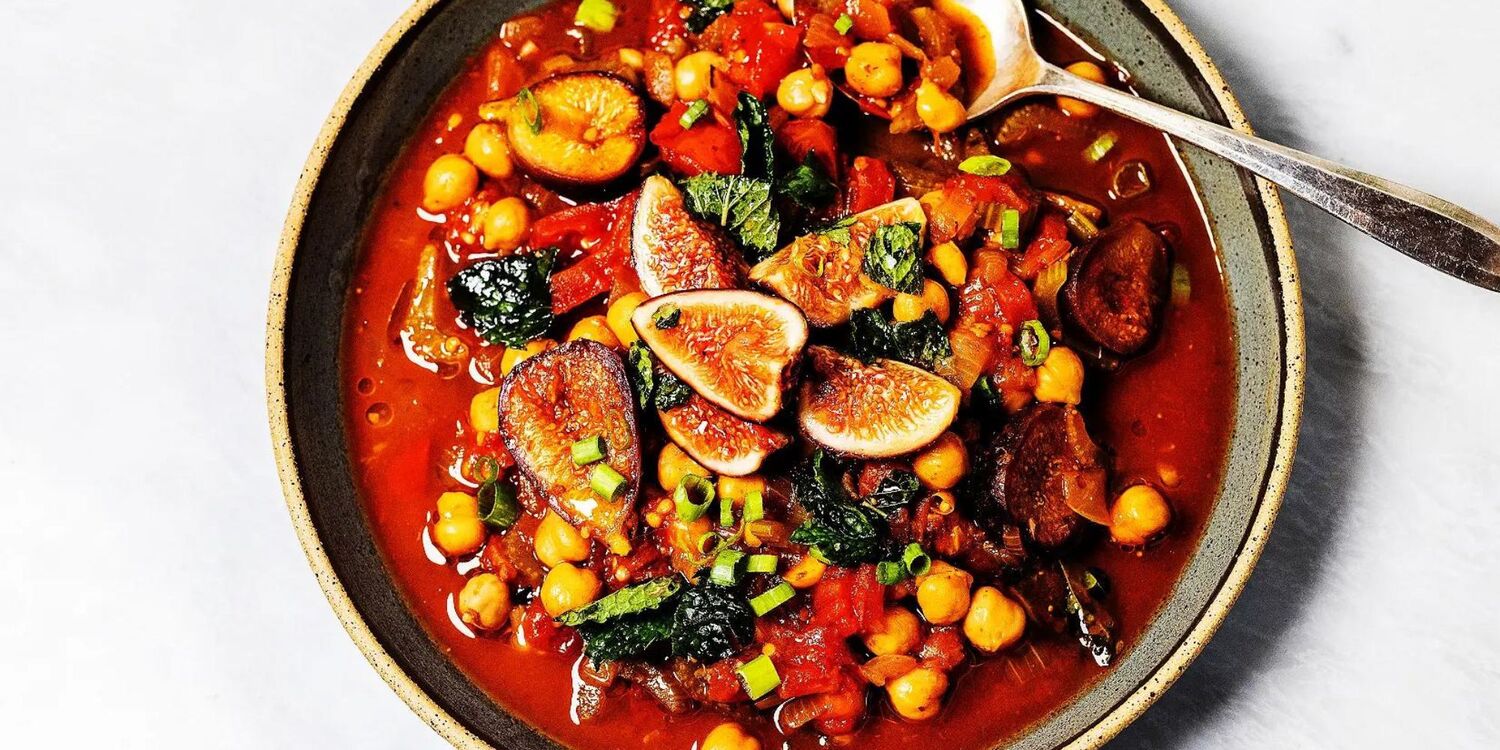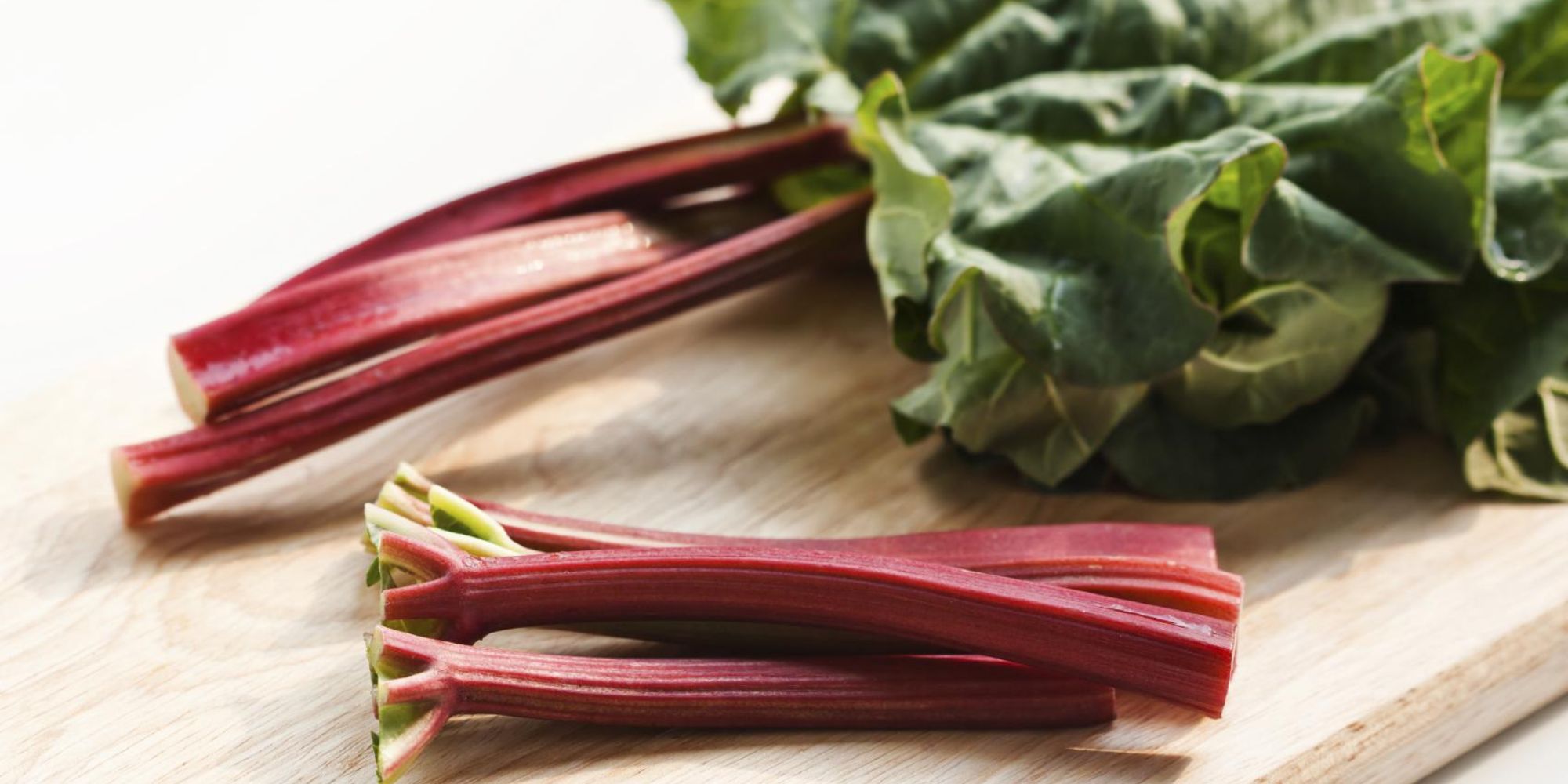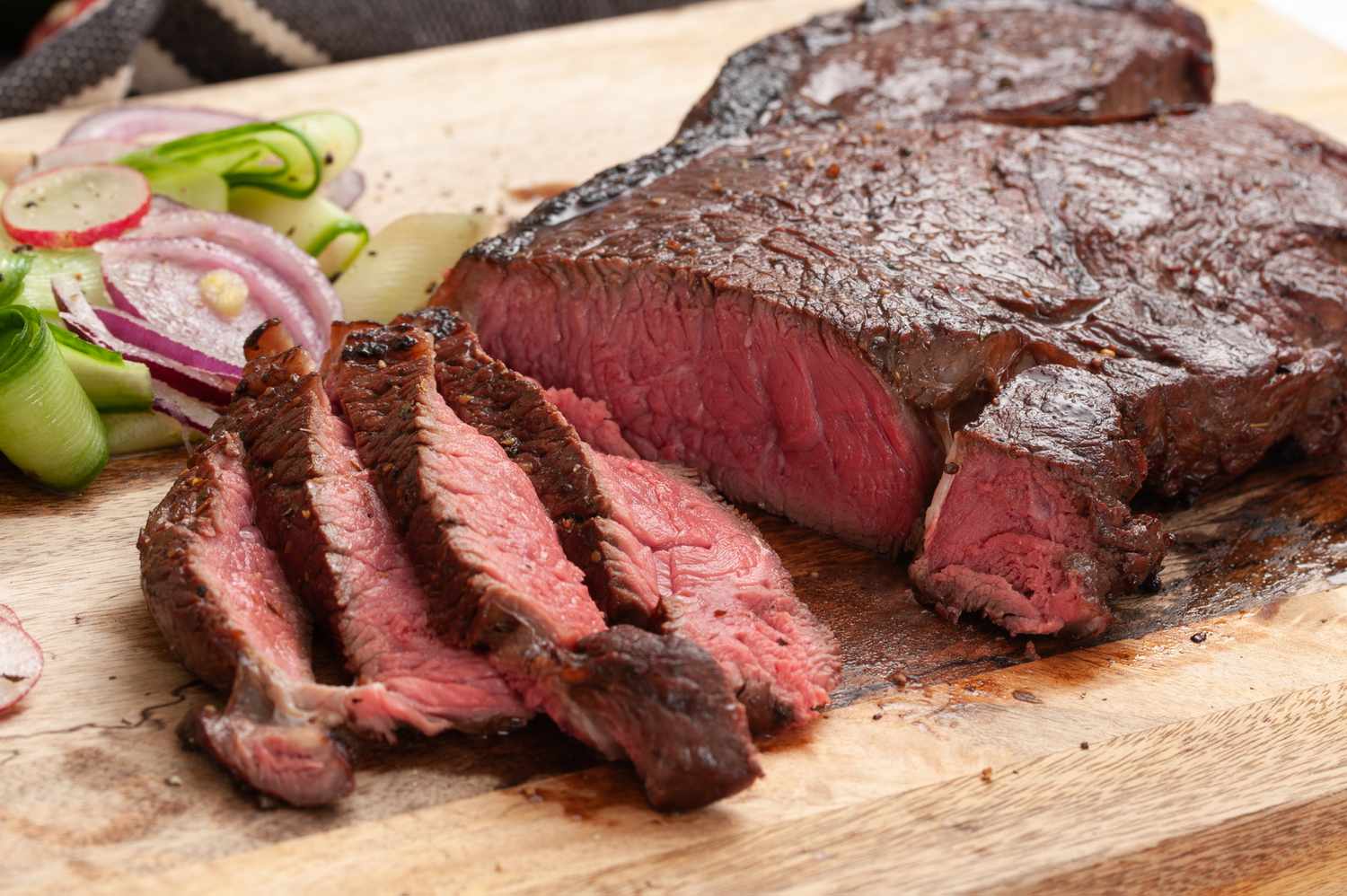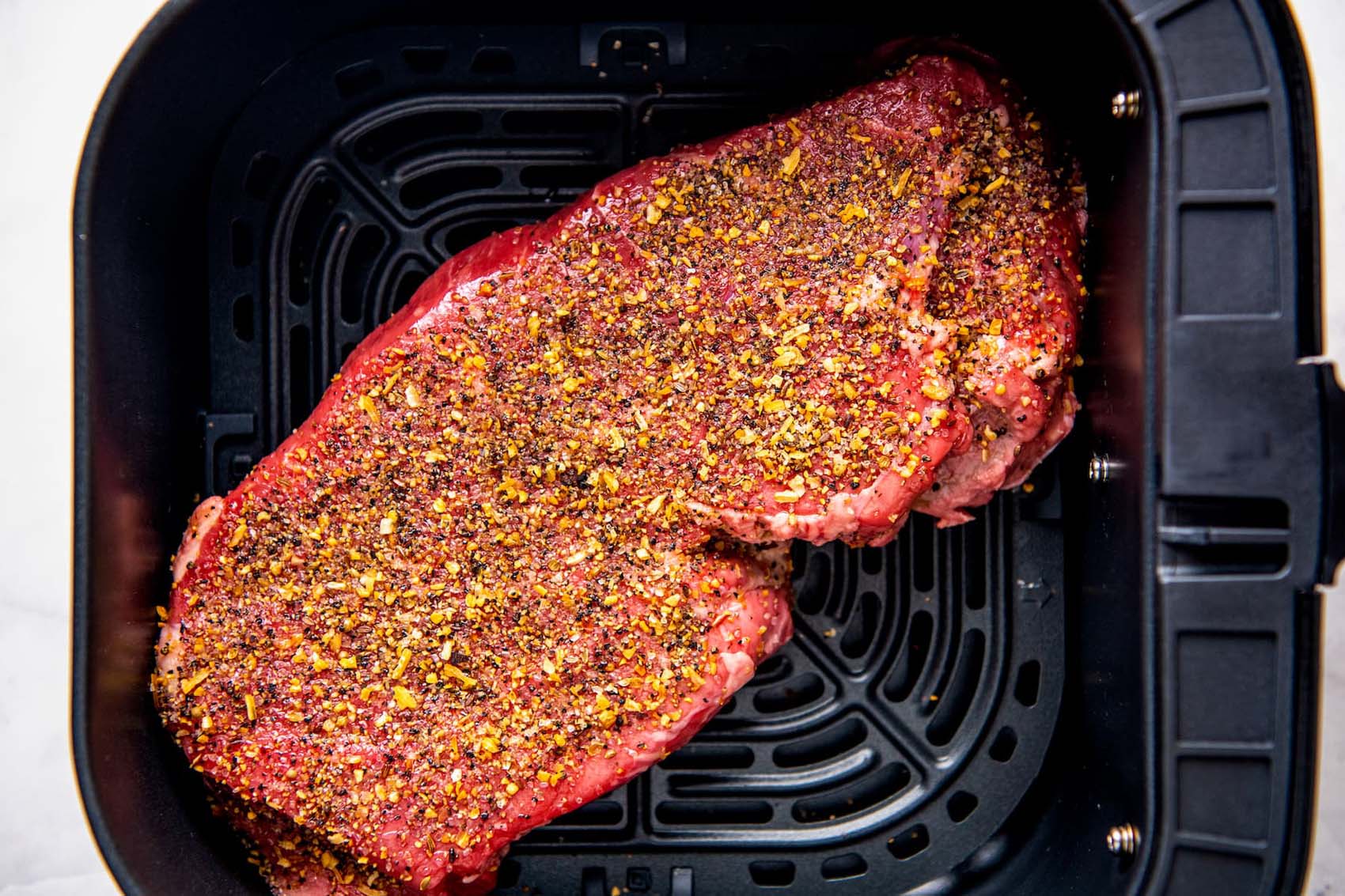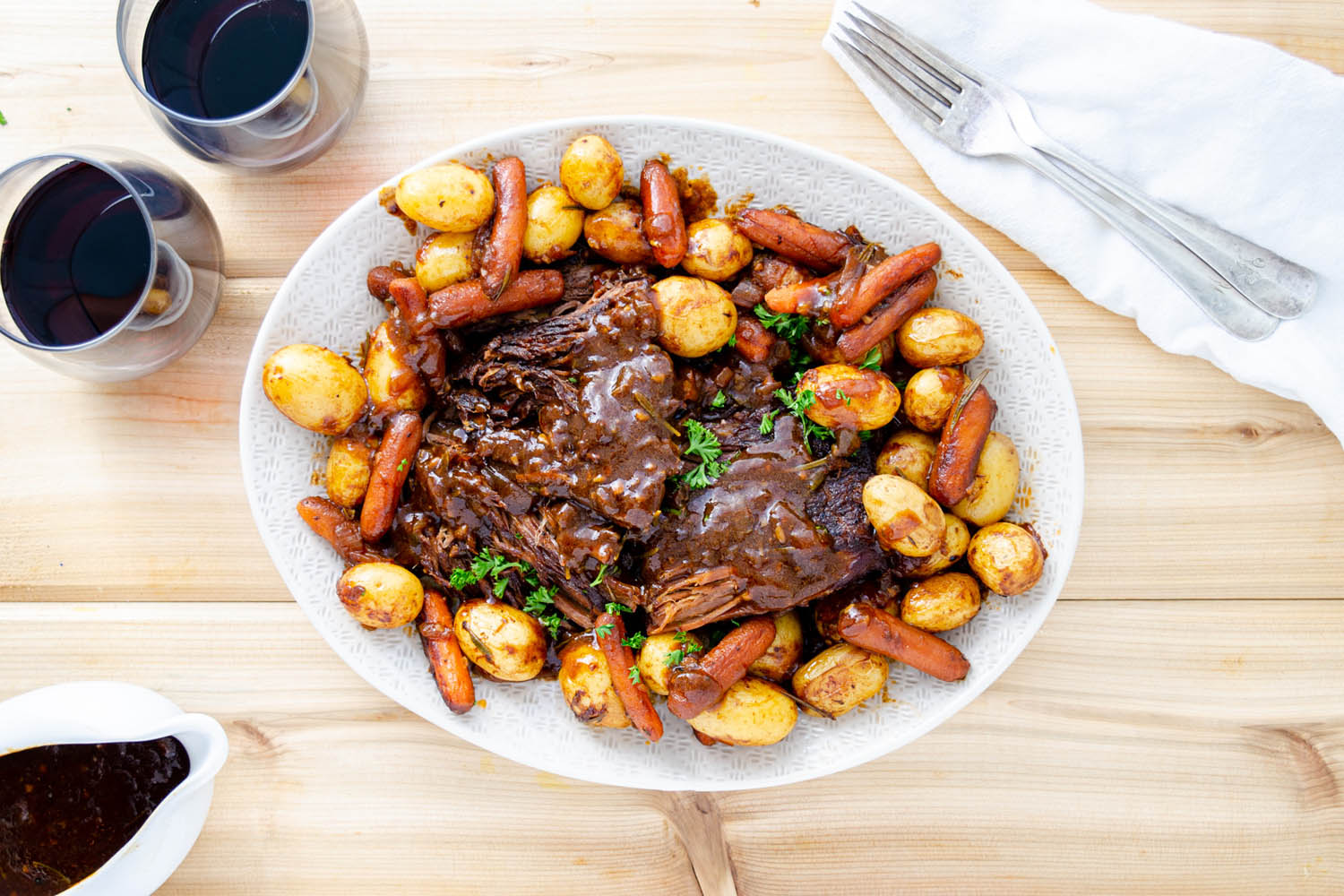Stir Fry Vegetables Without a Wok: A Delicious Alternative
Stir-frying is a quick and delicious way to prepare vegetables, and while a wok is the traditional tool for this cooking method, you can still achieve fantastic results without one. Whether you don’t have a wok or simply prefer to use a different pan, here’s how you can stir fry vegetables without a wok.
Choose the Right Pan
While a wok is ideal for stir-frying due to its shape and ability to distribute heat evenly, you can use a regular frying pan as an alternative. Look for a pan with a large surface area and slightly curved edges to mimic the shape of a wok. A non-stick pan is also helpful to prevent the vegetables from sticking during the cooking process.
Preparation Is Key
Before you start cooking, it’s essential to prepare your vegetables. Wash and chop them into uniform pieces to ensure even cooking. You can use a variety of vegetables such as bell peppers, broccoli, carrots, snap peas, and mushrooms for a colorful and flavorful stir fry.
Get the Pan Hot
Place your chosen pan on the stove over medium-high heat. Add a small amount of oil with a high smoke point, such as canola or peanut oil, and allow it to heat up. The hot oil will help to cook the vegetables quickly and evenly.
Stir Fry in Batches
To avoid overcrowding the pan, which can lead to steaming rather than stir-frying, it’s best to cook the vegetables in batches. Start with the vegetables that take longer to cook, such as carrots and broccoli, before adding quicker-cooking vegetables like bell peppers and snap peas.
Season and Flavor
As your vegetables cook, consider adding flavorings such as soy sauce, ginger, garlic, or chili flakes to enhance the taste. These ingredients can be added directly to the pan or mixed with the vegetables before cooking for a burst of flavor in every bite.
Keep It Moving
Stirring the vegetables constantly is key to achieving that classic stir-fry texture. Use a spatula or tongs to toss the vegetables in the pan, ensuring that they cook evenly and don’t stick to the surface.
Don’t Overcook
One of the beauties of stir-frying is that the vegetables retain their crispness. Be mindful not to overcook them, as they should remain vibrant and slightly crunchy. Aim to cook them until they are just tender but still have a bit of bite.
Serve and Enjoy
Once your vegetables are cooked to perfection, remove them from the pan and serve immediately. Whether as a side dish or a main course with rice or noodles, your homemade stir-fried vegetables are sure to be a hit at the dinner table.
While a wok is the traditional tool for stir-frying, using a regular frying pan can yield equally delicious results. With the right pan, preparation, and cooking technique, you can enjoy flavorful and vibrant stir-fried vegetables without the need for a wok.
For those eager to master stir-frying vegetables without a wok, there are several recipes to try that will make the most of this technique. The Shrimp and Snap Pea Stir-Fry offers a delightful combination of seafood and crisp vegetables, perfect for a light dinner. For a meatless option, the Tofu and Mixed Vegetable Stir-Fry presents a flavorful and hearty meal. If you're in the mood for something with a kick, the Spicy Szechuan Vegetable Stir-Fry will not disappoint with its bold flavors. For a more traditional option, the Beef and Broccoli Stir-Fry provides a satisfying mix of tender beef and fresh broccoli. Each of these recipes is designed to help you practice and perfect your stir-frying skills using a simple skillet, making them ideal choices for anyone looking to expand their culinary repertoire while sticking to the guide's principles.
